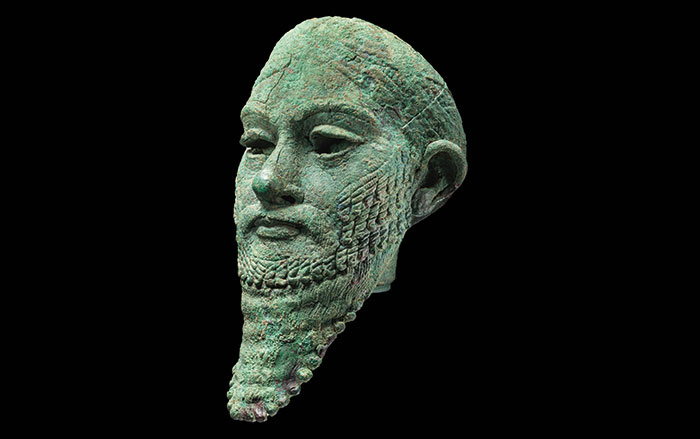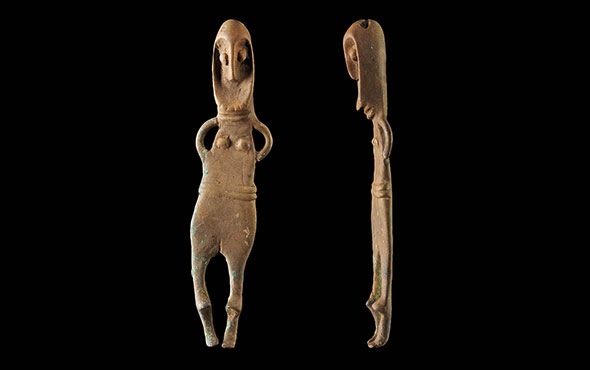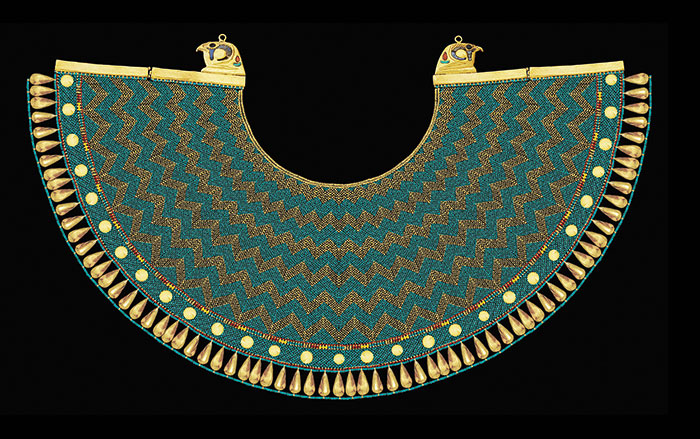
PHILADELPHIA, PENNSYLVANIA—According to a Science News report, a drone survey of Lagash, a site situated between the Tigris and Euphrates rivers, indicates the 4,900-year-old settlement was built on four marsh islands. Emily Hammer of the University of Pennsylvania said that it had been previously thought that cities in southern Mesopotamia expanded outward from temples and administrative districts into farmlands. Yet Lagash did not have a geographical or ritual center, she explained. Instead, each marsh island developed as a sector of the city, and may have had distinctive economic practices. For example, canals have been spotted on one of the islands, which may have focused on fishing and collecting reeds for construction. Evidence of gated walls, city streets, and large kilns have been found on two other islands. The small fourth island was dominated by a large temple. Harbors indicate that the possibly tens of thousands of people who lived in Lagash traveled from island to island by boat, and possibly by footbridge, Hammer concluded. To read about cuneiform tablets unearthed at Lagash, go to "The World's Oldest Writing."











